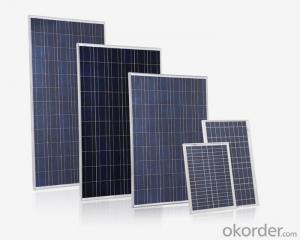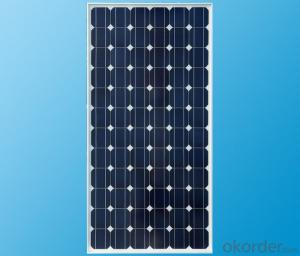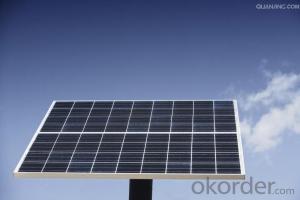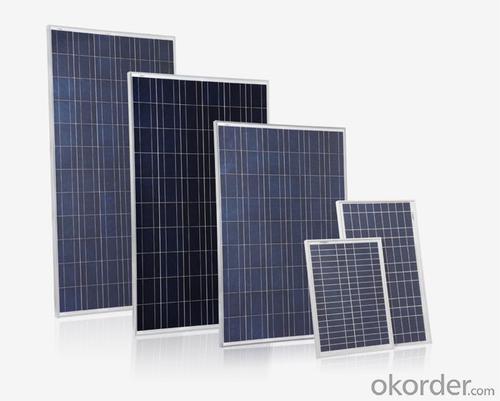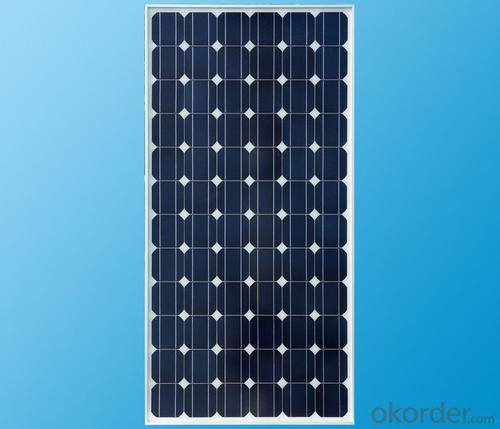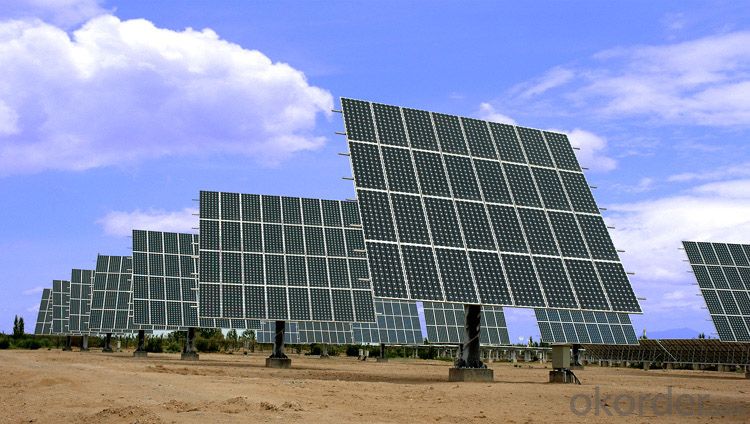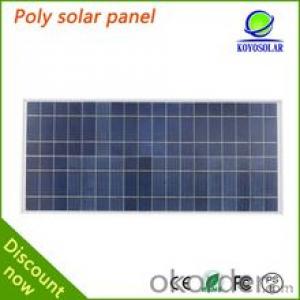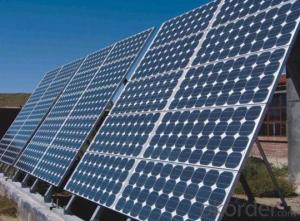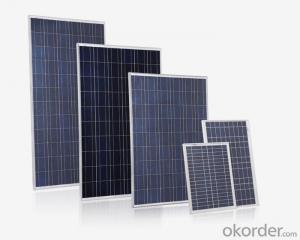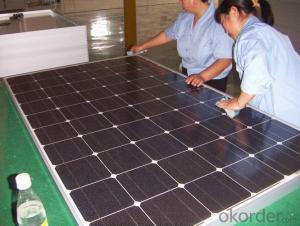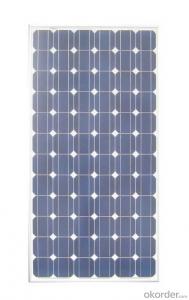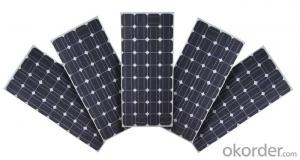Quantum Solar Cells - Favorites Compare A-Grade Cell High Efficiency 5W-300W PV Solar Panel
- Loading Port:
- China Main Port
- Payment Terms:
- TT OR LC
- Min Order Qty:
- -
- Supply Capability:
- 10000000000000 watt/month
OKorder Service Pledge
Quality Product, Order Online Tracking, Timely Delivery
OKorder Financial Service
Credit Rating, Credit Services, Credit Purchasing
You Might Also Like
Quick Details
| Place of Origin: | Guangdong China (Mainland) | Brand Name: | SunnyPower | Model Number: | SPM |
| Specification: | Normal | Application: | Home | Output Voltage (V): | 12VDC 24V DC |
| Load Power (W): | Depands | Solar Power (W): | 5W--300W | Certification: | VDE,IEC,CSA,UL,CEC,MCS,CE,ISO,ROSH |
| Size: | Customized dimensions | Max power: | 5W---300W | Cable: | MC-4 and connector |
| Frame: | White or black aluminum | Glass: | Low iron tempered glass | Cell type: | Mono crystalline and Poly crystalline |
| Cell brand: | Taiwan Motech | System voltage: | 12v or 24v |
Packaging & Delivery
| Packaging Detail: | Each panel with one single caton,and then 10pcs/5pcs with one outer carton,finally use wooden pallets to pack the cartons. |
| Delivery Detail: | 20 days |
Specifications
solar panels from 5W--300W, made of TAIWAN MOTECH brand cells,with CO in TAIWAN,Mono and Poly with VDE,IEC,CSA,UL,CE,ISO.
We import solar cells from Taiwan Motech brand, with this CO in taiwan and our CSA certification,we can still sell goods to Anti-dumping areas like USA. Our main products are solar panels, off grid and on grid solar home systems , solar street lighting systems, solar water heating system,solar pump,solar attic fan, solar DC LED lights and solar DC refrigerators.
Certificates : ISO, CE, VDE IEC, MCS, CSA-UL, CEC.
Delivery time: sample 10days, order 25-30days.
Sample: charged.
Payment term: T/T 30% as deposit, 70% before shipment. Or irrevocable L/C at sight.
Trade term: FOB Shenzhen or CIF destination seaport or Airport.
Delivery time: sample 10days, order 25-30days.
Sample: charged.
Payment term: T/T 30% as deposit, 70% before shipment. Or irrevocable L/C at sight.
Trade term: FOB Shenzhen or CIF destination seaport or Airport.
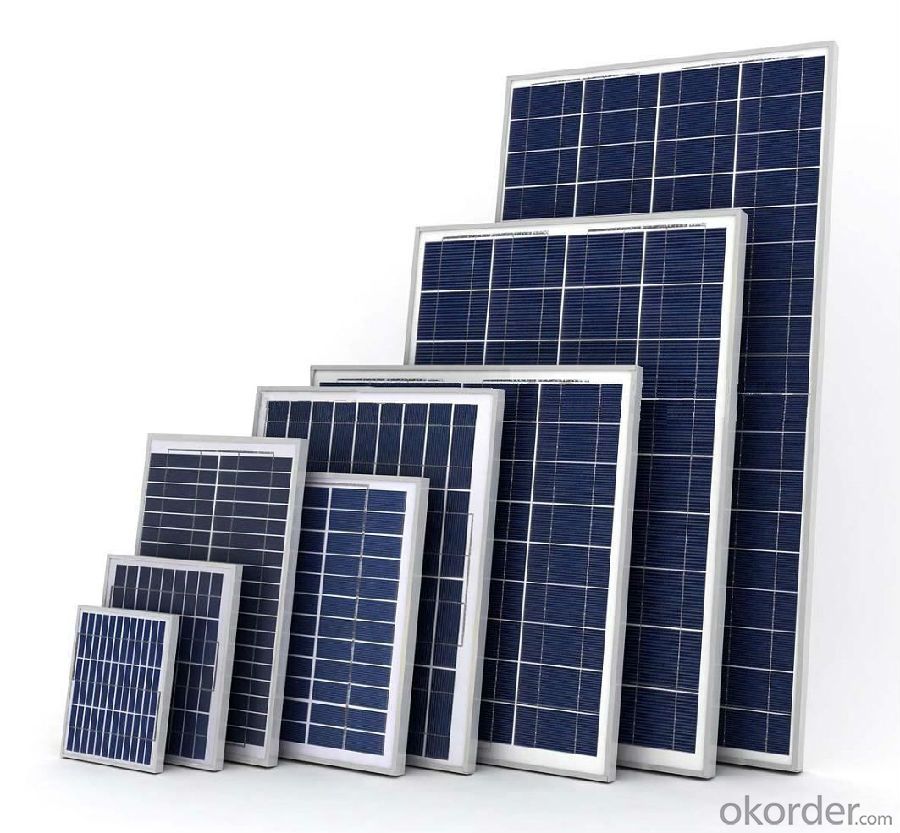
- Q: Can solar cells be used to power medical devices or implants?
- Yes, solar cells can be used to power medical devices or implants. Solar-powered medical devices or implants can provide a sustainable and renewable source of energy, reducing the need for regular battery replacements or external power sources. This can be particularly beneficial in remote or resource-limited areas where access to electricity may be limited. Additionally, solar-powered medical devices offer the advantage of being environmentally friendly and can contribute to reducing the carbon footprint of healthcare systems.
- Q: Can solar cells be used in mountainous regions?
- Yes, solar cells can be used in mountainous regions. In fact, mountainous regions can often be advantageous for solar energy generation due to the higher altitude and reduced air pollution, which can result in increased solar radiation. However, the installation of solar panels may require careful consideration of factors such as slope, orientation, and potential shading from surrounding mountains or trees.
- Q: Where and how can I find more information of Photovoltaic Cells Solar Panels? Can anybody share more about that?
- Photovoltaic cells produce electricity directly from sunlight. Photovoltaic cells are also called PV cells or solar cells. Many PV cells are used in remote locations not connected to the electric grid. Photovoltaic cells comprise the main component in solar panels and are also used to power watches, calculators, solar lights, and lighted road signs.
- Q: What is the role of anti-islanding devices in solar cell systems?
- The role of anti-islanding devices in solar cell systems is to ensure the safe and proper functioning of the grid-connected solar power system. These devices detect when there is a power outage or grid failure and disconnect the solar system from the grid to prevent any potential backfeeding of electricity. This is important to protect utility workers who may be working on the grid during an outage and to avoid damage to the system or electrical appliances in the event of an islanding condition. By preventing islanding, anti-islanding devices help maintain the stability and reliability of the electrical grid.
- Q: Can solar cells be used to power off-grid cabins or homes?
- Yes, solar cells can be used to power off-grid cabins or homes. Solar panels can generate electricity by converting sunlight into usable energy, which can then be stored in batteries for use during periods of low sunlight or at night. This makes solar power an ideal and sustainable solution for off-grid living, providing a reliable source of electricity without the need for a traditional power grid connection.
- Q: How do solar cells handle hail or other physical damage?
- Solar cells are designed to be durable and can withstand hail or other physical damage to a certain extent. They are typically made with tempered glass or other strong materials to protect the delicate photovoltaic layers. However, severe hailstorms or significant physical impact can potentially cause damage to the cells, leading to reduced efficiency or complete failure. In such cases, it may be necessary to repair or replace the damaged solar panels.
- Q: Can solar cells be used for refrigeration?
- Yes, solar cells can be used for refrigeration. By converting sunlight into electricity, solar cells can power refrigeration systems that use the electricity to cool and maintain a low temperature. This is particularly useful in areas with limited access to electricity grids or during power outages, where solar-powered refrigeration can provide a sustainable and reliable cooling solution.
- Q: What is the best sales solution for solar power cells?
- Because solar power cells are usually purchased by companies, big corporations and governments, the best way to sell solar power cells is to do promotion targeting certain industries rather than just putting commercials on TV.
- Q: How's the feedback of using 260 watt photovoltaic solar panel? Anybody ever used that?
- The conversion efficiency of the 260 watt photovoltaic solar panel is 18 %,which is already much better than the one I used before.
- Q: Can solar cells be used in powering RVs and campers?
- Yes, solar cells can be used to power RVs and campers. Solar panels can be installed on the roof of the vehicle to capture sunlight and convert it into electrical energy, which can then be used to power various appliances and systems in the RV or camper. This provides a clean and sustainable source of power, especially when camping in remote areas where access to electricity may be limited.
Send your message to us
Quantum Solar Cells - Favorites Compare A-Grade Cell High Efficiency 5W-300W PV Solar Panel
- Loading Port:
- China Main Port
- Payment Terms:
- TT OR LC
- Min Order Qty:
- -
- Supply Capability:
- 10000000000000 watt/month
OKorder Service Pledge
Quality Product, Order Online Tracking, Timely Delivery
OKorder Financial Service
Credit Rating, Credit Services, Credit Purchasing
Similar products
Hot products
Hot Searches
Related keywords
